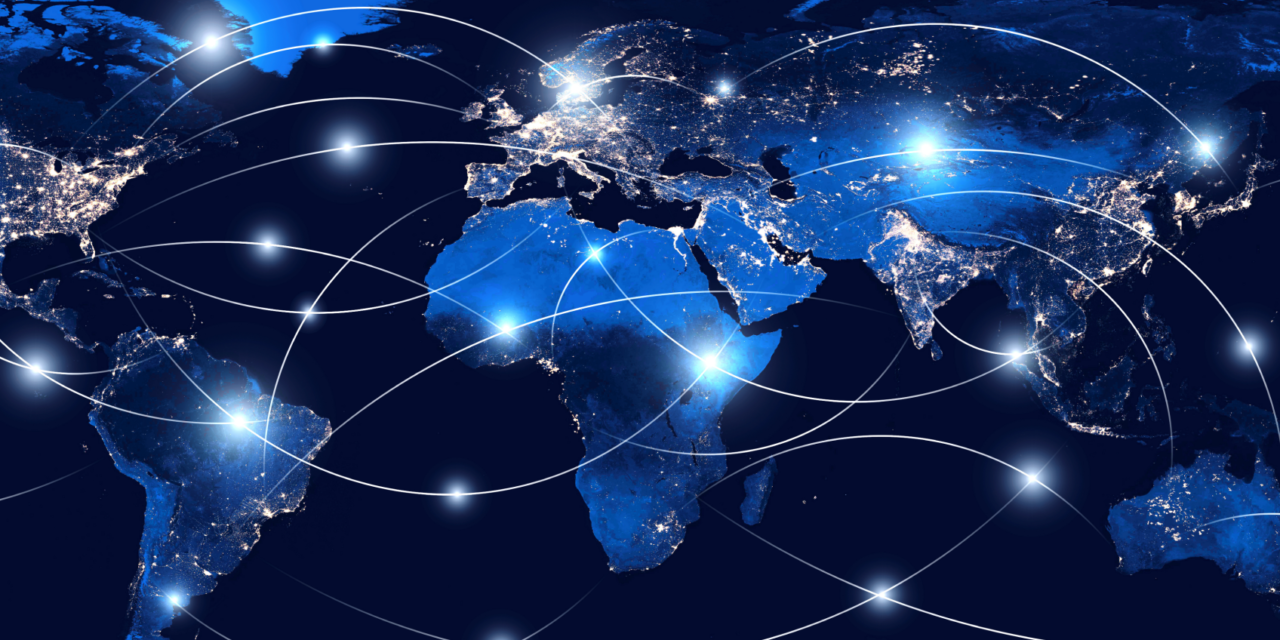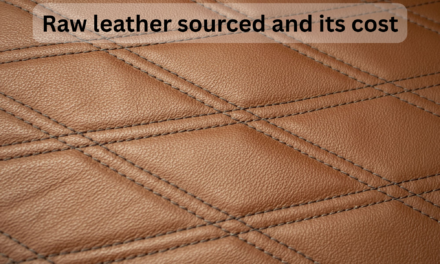The global economy plays a significant role in shaping the leather trade in Panapakkam, Tamil Nadu, affecting both demand and supply dynamics, as well as trade policies. Below are several ways the global economy influences the leather trade in Panapakkam:
1. Global Demand for Leather Products
- Market Expansion: The global demand for leather products, particularly footwear, garments, and accessories, drives production and export activities from Panapakkam. As consumers in markets such as the European Union, the United States, and Japan continue to prefer high-quality leather goods, Panapakkam’s leather manufacturers experience an uptick in export opportunities.
- Fashion Trends: Global trends in fashion and sustainability influence the demand for various leather products. In recent years, there has been a growing interest in eco-friendly leather and sustainable manufacturing practices, aligning with global concerns about climate change. This shift impacts Panapakkam’s leather sector, encouraging the adoption of greener practices to cater to international markets.
2. Export Opportunities
- Access to International Markets: As India continues to expand its market share in the global leather export sector, the MLFAC Industrial Park in Panapakkam is strategically positioned to benefit from policies aimed at increasing leather exports. The park’s focus on leather, footwear, and accessories makes Panapakkam a key player in India’s leather export strategy.
- Government Policies: India’s trade agreements and government policies, such as the Tamil Nadu Footwear and Leather Products Policy 2022, influence how Panapakkam’s leather goods enter international markets. For example, free trade agreements (FTAs) with countries or regions such as the European Union and the US can lower tariffs and improve the competitiveness of Indian leather exports from Panapakkam.
3. Currency Exchange Rates
- Export Profitability: Global economic fluctuations, particularly currency exchange rates, impact the cost-effectiveness of exporting leather products from Panapakkam. When the Indian Rupee weakens against major currencies like the US Dollar or Euro, Indian leather goods become more affordable to foreign buyers, potentially increasing exports.
- Material Costs: On the other hand, global currency fluctuations also influence the cost of raw materials such as hides, chemicals, and dyes, which are integral to leather production in Panapakkam. If these materials become more expensive due to global supply chain disruptions or rising commodity prices, manufacturers in Panapakkam might face higher production costs.
4. Global Supply Chains and Logistics
- Supply Chain Disruptions: The global economy’s influence on trade logistics, such as shipping costs and delays (as seen during the COVID-19 pandemic), affects Panapakkam’s leather exports. Delays in raw material supply or finished product shipment to key global markets can disrupt production schedules and reduce export volumes temporarily.
- Logistics Infrastructure Investment: With global markets pushing for more efficient and cost-effective logistics, Panapakkam benefits from the improving infrastructure in the region, especially with the proximity to Chennai port, facilitating smoother trade operations.
5. Technological and Sustainable Practices
- International Standards: The global shift toward sustainability and ethical production practices impacts how Panapakkam’s leather industry operates. International markets increasingly demand compliance with environmental and labor standards, such as Leather Working Group (LWG) certification or Fair Trade standards. Panapakkam’s leather manufacturers must innovate and adopt eco-friendly tanning methods, better waste management practices, and sustainable sourcing to meet global demands.
- Innovation and Automation: The global drive for technological advancements in manufacturing influences Panapakkam’s leather trade. Investments in automated production systems, digitization, and smart factories can enhance the competitiveness of Panapakkam’s leather sector in international markets, making it more efficient and cost-effective.
6. Trade Tariffs and Protectionist Policies
- Impact of Protectionism: Trade policies in major consumer countries, such as the US or the European Union, can affect the leather trade from Panapakkam. For instance, any imposition of tariffs or trade barriers in response to political or economic factors might make Indian leather products less competitive in these markets.
- Trade Agreements and Preferences: Conversely, trade agreements that reduce tariffs, as seen in India’s agreements with certain countries, provide a competitive edge for Panapakkam’s leather exporters.
7. Geopolitical Events and Market Volatility
- Global Instability: Geopolitical events, such as trade wars, sanctions, or global conflicts, can disrupt international trade flows and affect demand for leather products. Panapakkam’s leather manufacturers may face uncertainty due to changing consumer preferences, shifting supply chains, or geopolitical instability in export destinations.
- Commodity Prices: The cost of raw materials such as hides and chemicals often fluctuates with global market conditions, influenced by the economic health of major producing countries. When raw material prices rise due to factors like supply shortages, it can impact the pricing of leather goods from Panapakkam.
Summary
The global economy influences Panapakkam’s leather trade by shaping demand, export dynamics, raw material costs, trade policies, and technological advancements. Panapakkam’s leather industry must adapt to global market trends, technological shifts, and regulatory frameworks to remain competitive and capitalize on opportunities in international markets. As a key hub for leather manufacturing in India, Panapakkam stands to benefit from India’s global position as a major leather exporter while responding to challenges posed by global economic shifts.
Hashtags
#GlobalEconomyImpact #PanapakkamLeatherTrade #InternationalLeatherMarket #LeatherExportsIndia #GlobalTradeInfluence #PanapakkamLeatherIndustry #EconomicGlobalization #LeatherSectorGrowth #PanapakkamExports #MarketTrendsIndia







